Coffee Facts
Curious about how your cup of morning coffee came to be? Whether we’re exploring processing methods, or the country of origin where your coffee beans are grown, read on to learn all about coffee!
Posts
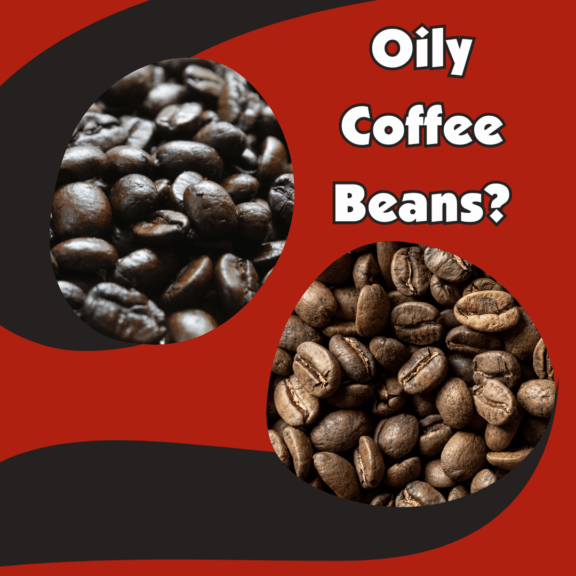
Oily Coffee Beans
That oily sheen you see on the outside of your coffee beans is the result of a chemical reaction. As coffee beans are roasted, the cell-structure of the bean begins to break down, and CO2 is released.
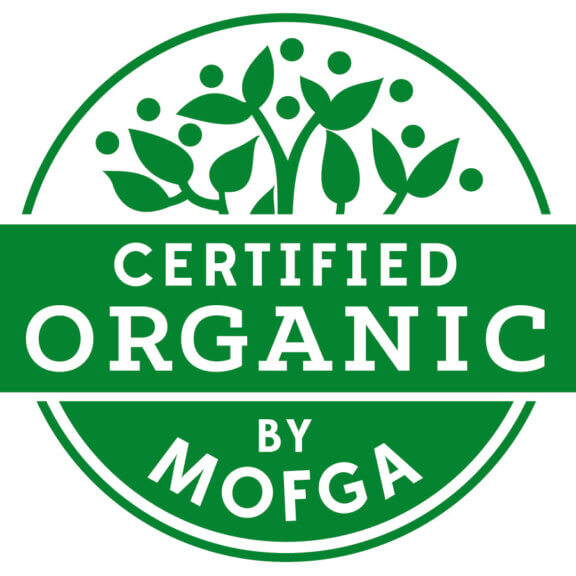
MOFGA Certified Organic Coffee
The organic coffees we offer are grown on farms that are certified organic, meaning they do not use chemical pesticides or chemical fertilizers. This helps to ensure the health of the soil, the surrounding forest, and the farmers themselves.
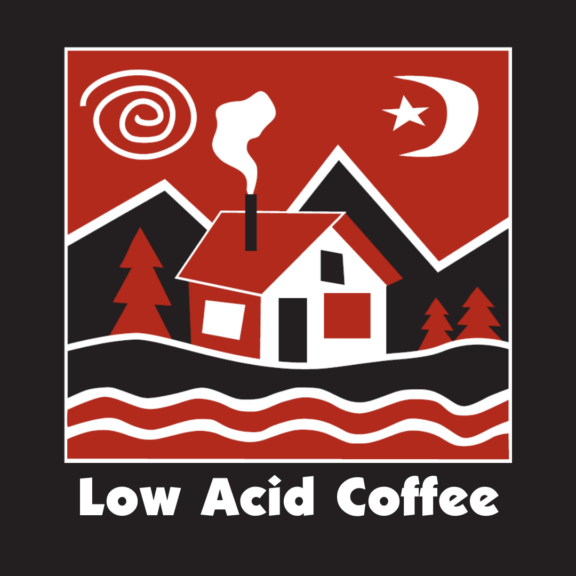
Low Acid Coffee
What most coffee drinkers mean when they talk about coffee acidity is what we call “coffee belly.” Many coffee drinkers are looking for the best low acid coffee that won’t upset their stomach.
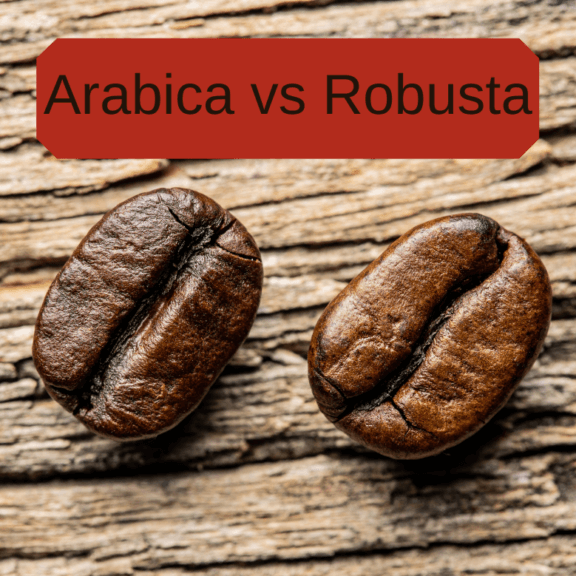
Arabica Vs Robusta
In the coffee drinker’s world, there’s a lot of talk about Arabica and Robusta. But what’s the difference? And why does it matter? Read on.
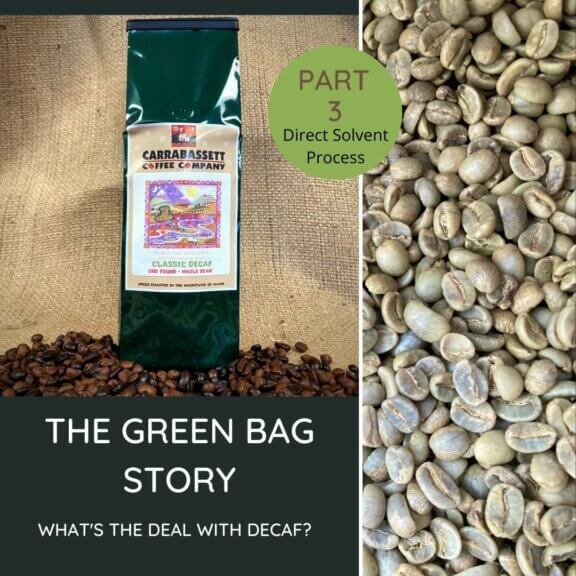
The Green Bag Story: Decaf Coffee (part 3)
Part 3: Direct Solvent ProcessThe biggest challenge in decaffeinating coffee is removing the caffeine without a loss in resulting flavor. It’s very easy to accidentally take out the oils, sugars, and proteins found in a coffee bean along with the caffeine, if one is only using water. The solvents target the caffeine, while leaving behind the flavor molecules which lead to a bold and distinct decaffeinated cup of coffee.
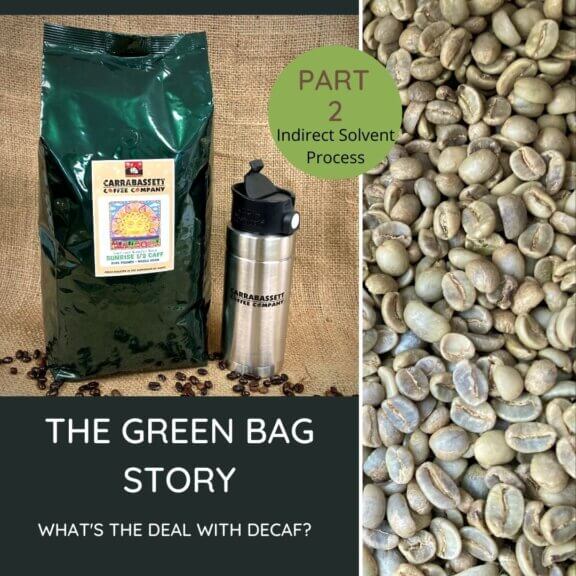
The Green Bag Story: Decaf Coffee (part 2)
Part 2: Indirect Solvent ProcessSome decaffeinating processes use a “decaffeinating agent” or “solvent” such as ethyl acetate, or methylene chloride at one stage in the decaffeinating process. (Don’t worry– these agents are completely removed from the green coffee beans, and in some cases, they never even touch the beans themselves…
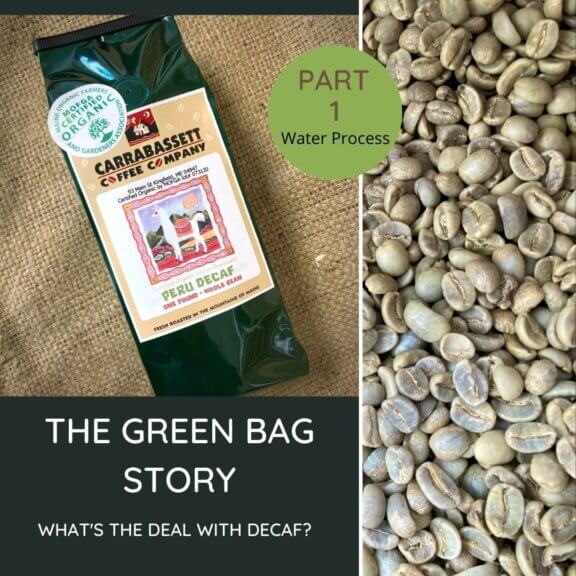
The Green Bag Story: Decaf Coffee (part 1)
Part 1: Water ProcessThere are no coffee beans that grow caffeine-free, so decaffeinating coffee is something that must be done manually after the coffee is harvested (but before the coffee is roasted).

Coffee Processing: Honey Process
Some say that a honey-process coffee tastes like caramel, or ( you guessed it… honey). The flavors of a honey-process coffee include the sweetness of a natural process coffee, but also the brightness of a washed coffee.

Coffee Processing: Wet-Hull (Giling Basah)
Coffee from Indonesia and the South Seas Region is almost always processed using the Wet Hull methods, or giling basah. Giling basah provides the resulting coffee beans with a unique herbal and earthy flavor unlike anything else.
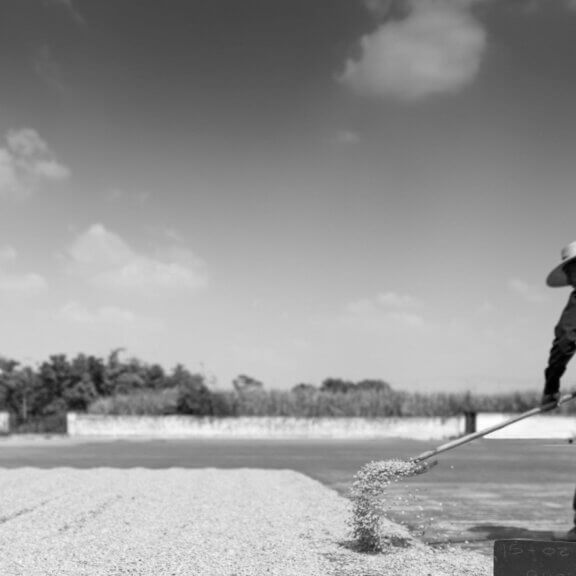
Coffee Processing: Natural (Dry-Process)
The Natural process is used typically in regions where water is scarce. This dry process leads to coffee with “fruitier” flavors. Some natural processed coffees are described as having hints of strawberry, blueberry or even blackberry tones. This process adds a hint of sweetness and intrigue to your coffee.
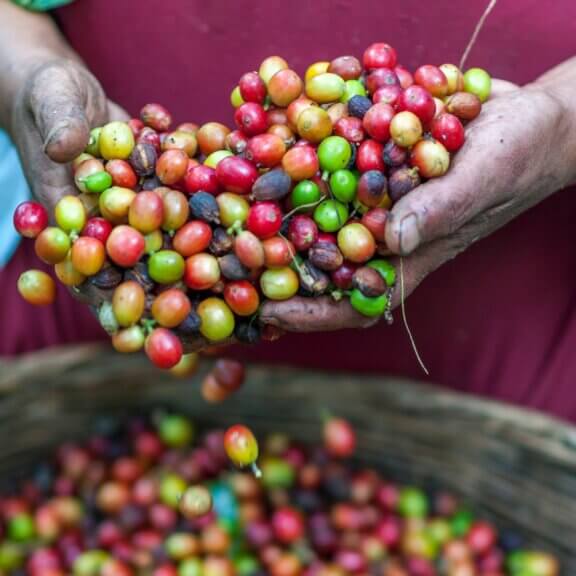
Coffee Processing: Washed (Wet-Process)
Washed coffees taste clean and vibrant. The most common method of processing coffee, the washed process provides the most opportunity for consistency and control. If you are looking for a pure coffee taste without added flavor notes from external “impurities”, the best coffee to drink is a wet-processed coffee.
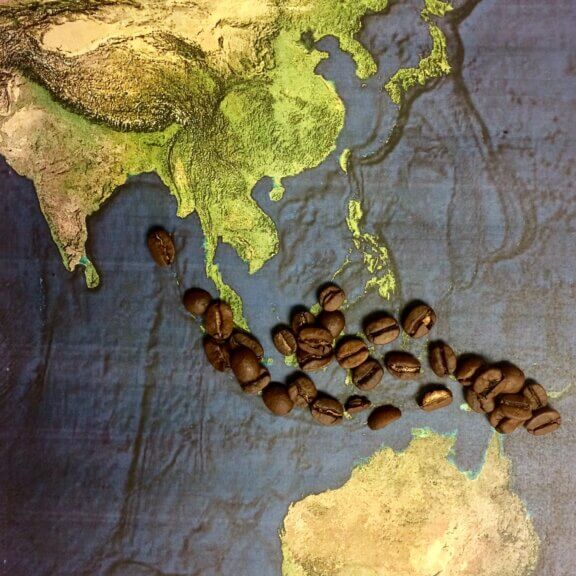
Coffee by Region: Indonesia
If you’re looking for a full-bodied, earthy and herbal cup of coffee, you can’t go wrong with an Indonesian coffee.
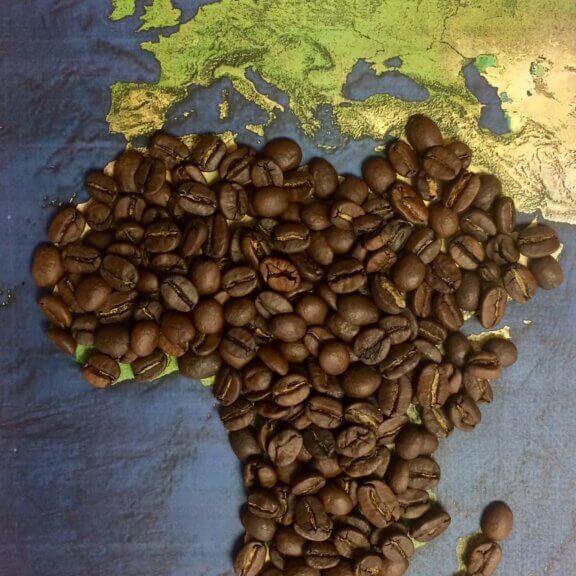
Coffee By Region: Africa
Coffees tend to have some similarities depending on the region where they are grown. African coffees, for example, tend to evoke hints of wine, fruit, and earthiness. Differences in coffee variety, processing, roasting, and even brewing method will affect the final flavor, but generally speaking, if there’s a trait you like about one coffee from a particular region, it’s a good bet you might enjoy something else grown in a similar location (or processed in a similar way).
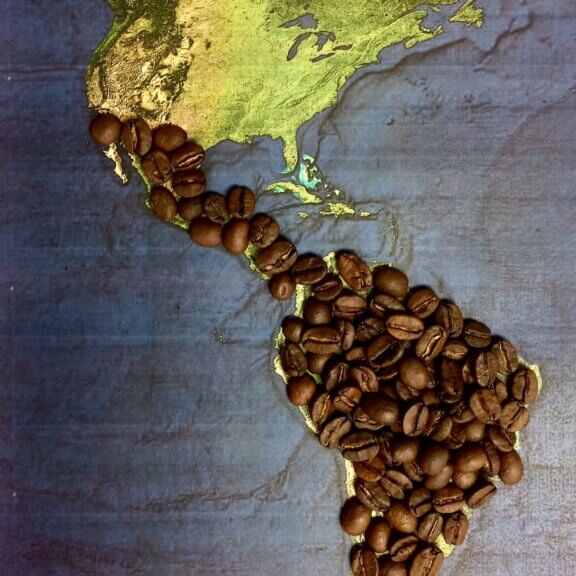
Coffee By Region: Central and South America
Makes sense, right? Central and South American coffees tend to share similarities with other Central and South American coffees! Occasionally sweet, often citrusy, coffees from the Americas are a joy to drink!
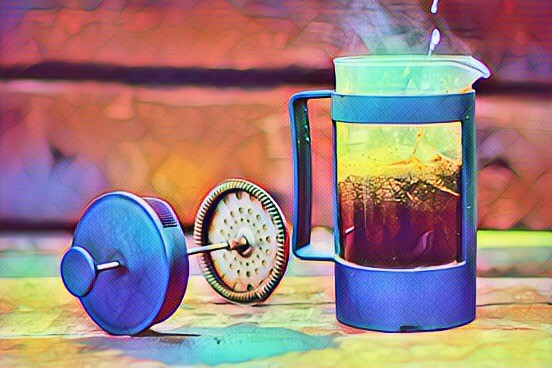
How to Make Coffee Using a French Press
The French Press gives the impression of being the ‘fanciest’ method for making coffee. You know your host is a true coffee lover if they whip out the French Press in the morning. Using a French Press takes a bit of patience, and a bit of know-how, but once you’ve perfected your method, it yields a fantastic cup of coffee, with far richer flavor than you would find with a drip coffee brewer.
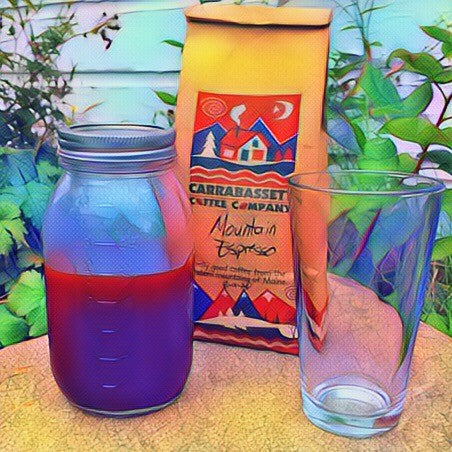
How to Make Cold Brew Coffee
Summer days beg for a good cup of iced coffee. While it is certainly possible to brew hot coffee, then refrigerate it and pour over ice, making cold brew at home is so simple, you might as well impress your friends (and your taste buds) with a tall glass of cold-brewed Carrabassett Coffee!
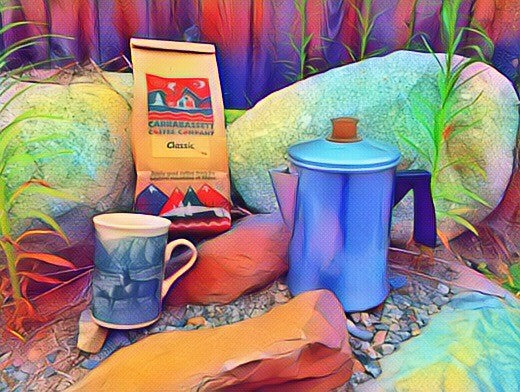
How to Brew Coffee Using a Stovetop Percolator
A stovetop percolator can seem intimidating: descriptions of over-extracted or burnt, bitter coffee might lead you to try an “easier” method of coffee brewing but those who know the tricks and secrets to a great cup of percolator coffee swear it’s the best cup of coffee you can make.
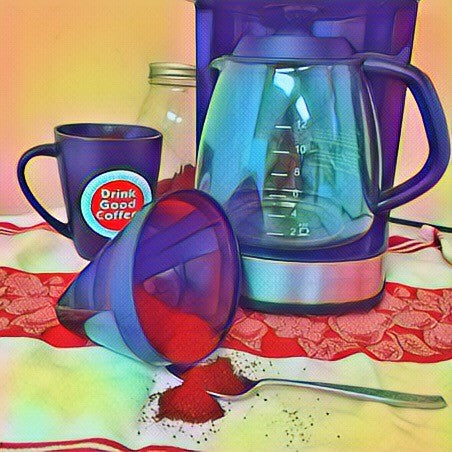
How to Brew Coffee Using a Metal (Foil) Filter
Nobody wants to wake up on a Sunday morning to find they can’t make coffee because they forgot to purchase filters! Foil filters are, in the long term, more economical, and better for the environment, as they can be used over and over again.
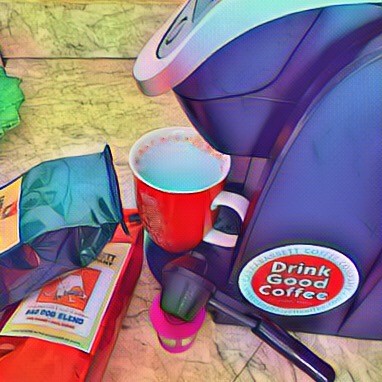
How to Brew Coffee Using a Keurig Machine and Reusable Pods
Everybody agrees that a Keurig* machine is convenient for brewing a single cup of coffee. It’s quick, and some would say ideal for a business environment. Carrabassett Coffee is not available in pre-made, disposable K Cups, but as long as your coffee is ground correctly (choose foil filter if we are grinding for you), refilling a pod only takes seconds.
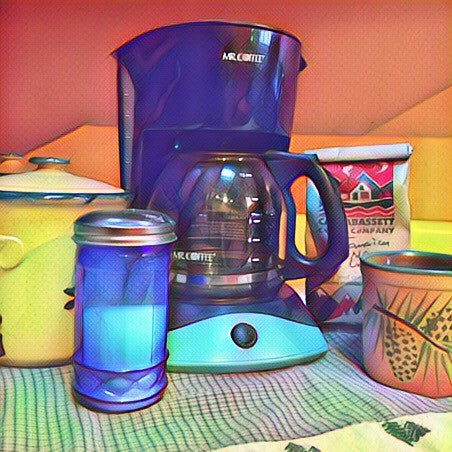
How to Brew Coffee Using a Drip Coffee Pot with a Paper Filter
You may be surprised at how many people buy coffee out of the house, at a coffee shop, every morning because they think it’s too hard to make good coffee at home. Believe it or not, getting a good brew out of your drip coffee pot is usually just a matter switching up your method a little bit. If you like your coffee strong and robust, but your drip pot is producing an anemic, sad cup, take a look at a few different factors…
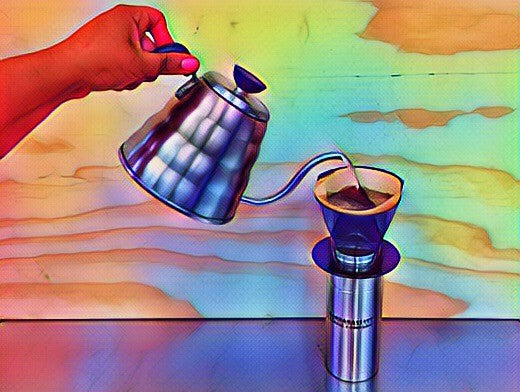
How to Brew Coffee Using the Pour Over Method
Pour Over Coffee is all about enjoying and celebrating the process of making coffee. With only a little practice, you will be able to make a flavorful cup of coffee that comes out just the way you like it.
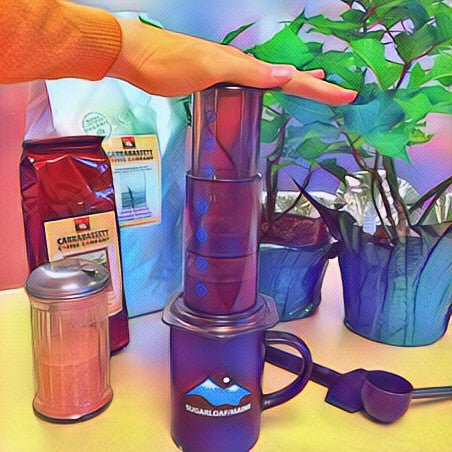
How to Brew Coffee Using an AeroPress
An AeroPress* is a handy way to brew a single cup of coffee. A portable, space-saver, as long as you have a way to heat up water, you can make a great cup of coffee with an Aeropress
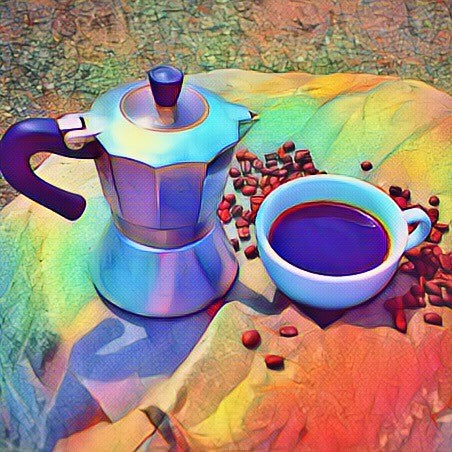
How to Brew Coffee Using a Moka Pot
If you are looking for a strong, flavorful cup of coffee for just a few people, you can’t go wrong with a moka pot.
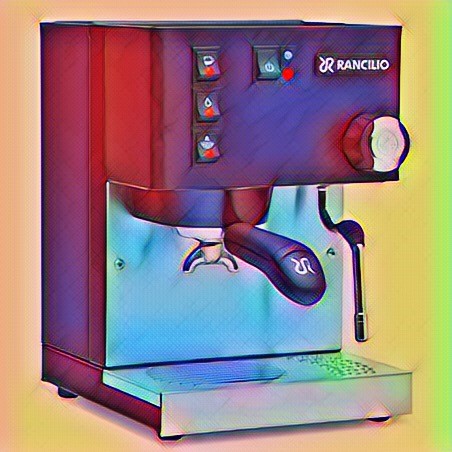
How to Brew Coffee Using an Espresso Machine
If you own an espresso machine, you can follow these basic steps to create a mouthwatering double-shot of espresso to enjoy in the comfort of your home.